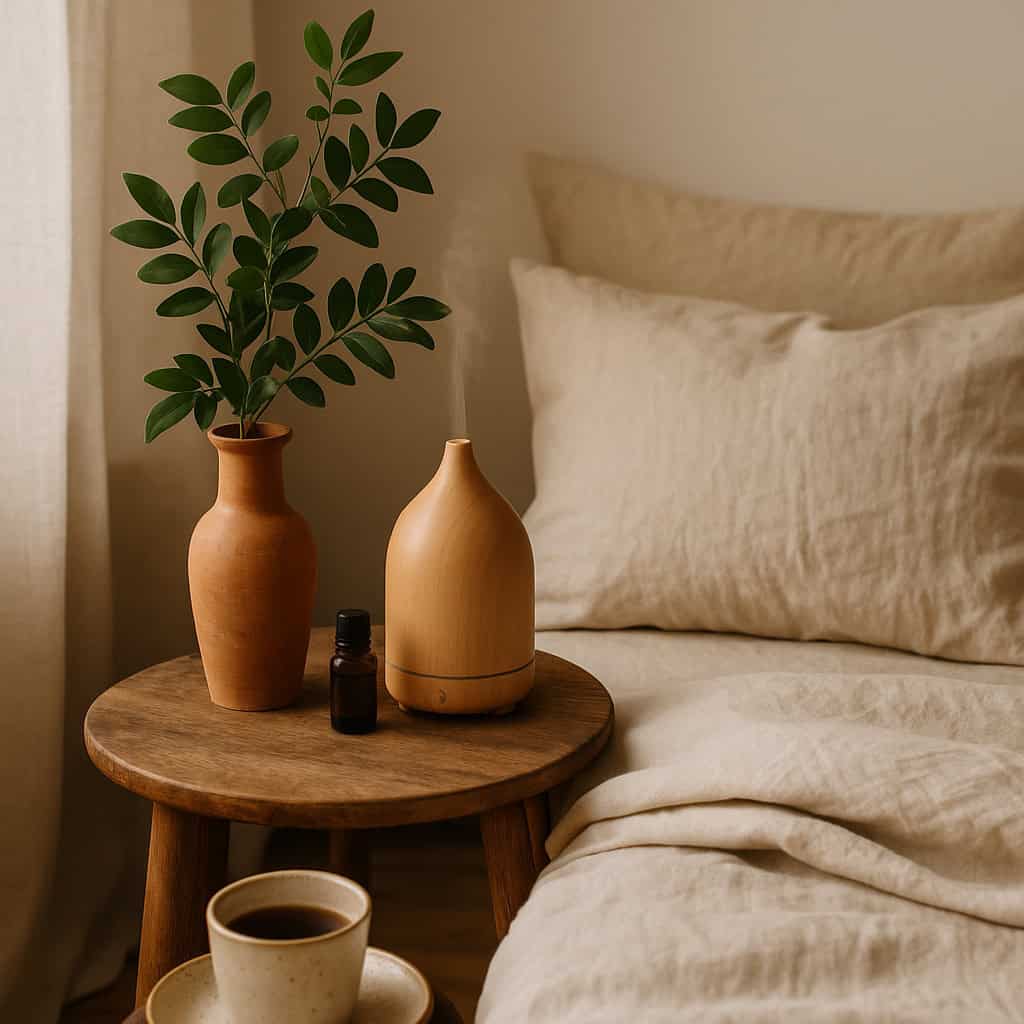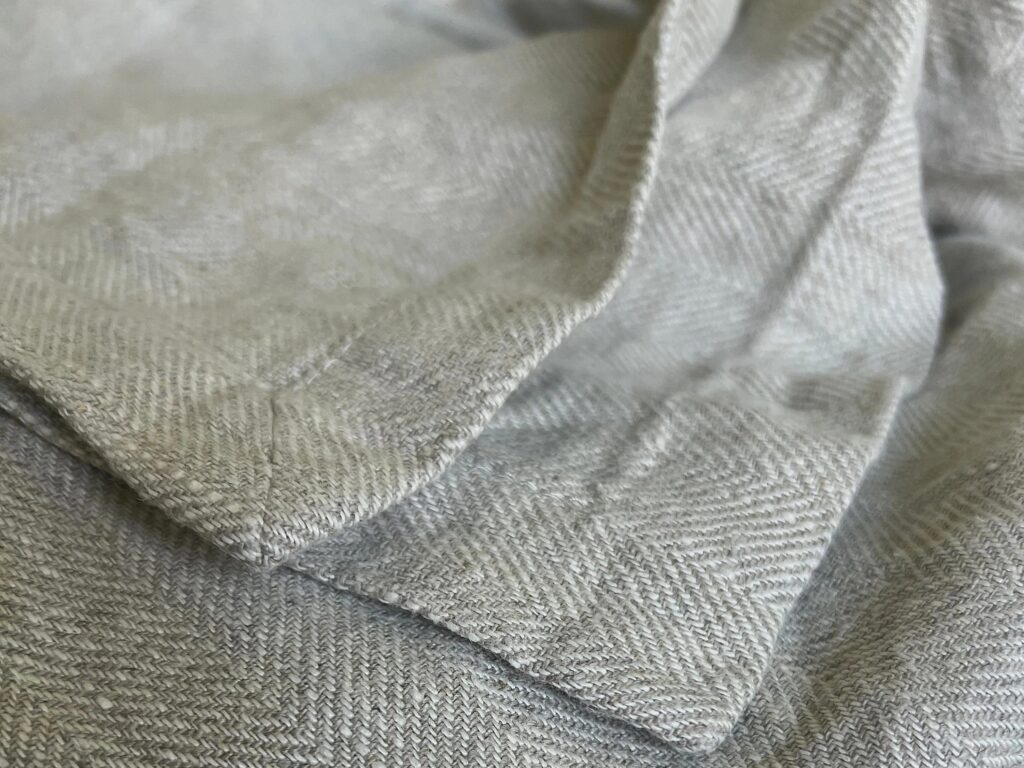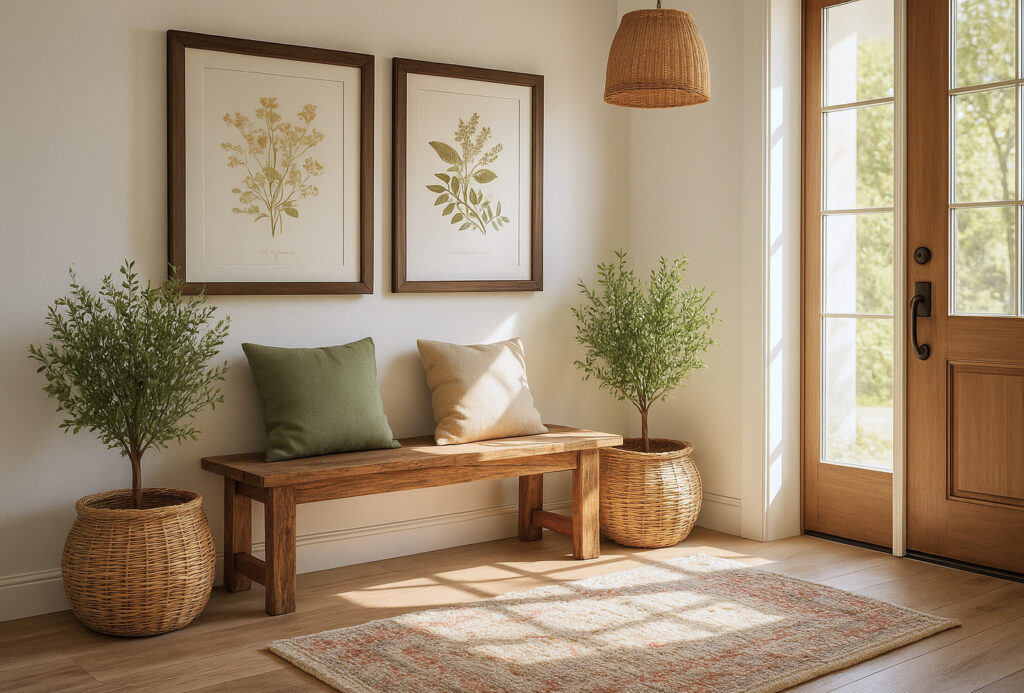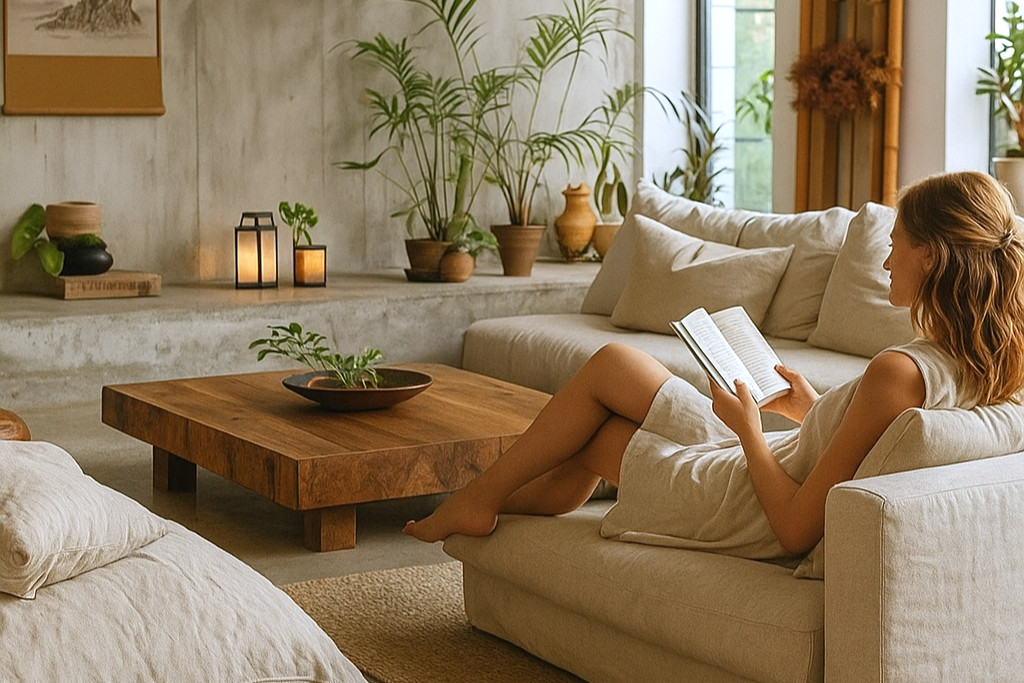A mindful home isn’t about trendy aesthetics — it’s about how your space makes you feel.
At its core, a mindful home is a living environment that supports ease, presence, and emotional well-being. Not in a clinical sense, but in the way your body relaxes when you enter the room. The way your shoulders drop because nothing is demanding your energy.
It’s about choosing what feels right, not what looks “right.” Less performance, more presence.
What Defines a Mindful Home?
Mindful homes are:
- Warm and sensory-friendly
- Personal rather than performative
- Designed with purpose — not perfection
- Flexible, evolving with your lifestyle
- Made with natural, non-toxic materials that support both the environment and your nervous system
Materials That Support Your Senses
Neuroscience and design studies (e.g., Environmental Psychology Review, 2019) show that materials like untreated wood, wool, linen, and clay can reduce sensory stress and enhance a sense of groundedness. According to interior designer Ilse Crawford, “Natural materials bring the space alive and encourage us to slow down.”
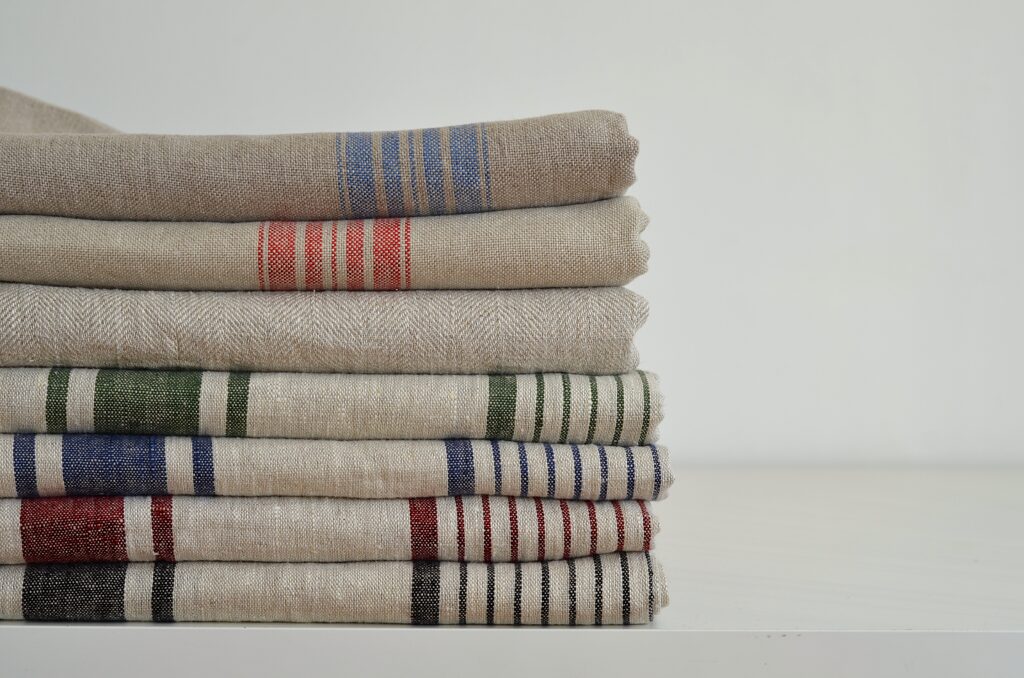
Lighting That Supports Circadian Health
Natural lighting improves mood and sleep regulation. Studies from Sleep Health Journal and Harvard Health highlight that warm-toned lights and morning sun exposure support a calmer nervous system and better rest. In mindful homes, layered lighting — ambient, task, and accent — creates different zones of presence.
Acoustics That Lower Stimuli
Soft furnishings, rugs, and even fabric-covered walls reduce echo and sound sharpness. Research in the Journal of Environmental Psychology (2022) suggests that acoustic comfort in homes can significantly reduce irritability and mental fatigue.
Layouts That Support Flow
Clearing your entryway sets the tone — here’s how to create a soothing entrance ritual. Feng Shui and spatial psychology agree: visual clutter increases cognitive load. Open space and thoughtful zoning — like separating rest from work — can help the brain shift modes more easily, lowering background tension and reactivity.
Scents That Anchor Safety
Scents bypass the thinking brain and go straight to the emotional core. Essential oils like lavender and cedarwood are studied for their anxiolytic (anti-anxiety) effects. Incorporating consistent, comforting smells into your home routine builds an unconscious sense of “I’m okay here.”
How Different Cultures Express a Sense of Home
Scandinavian Calm (Hygge)
In Scandinavia, mindful home living is often embodied in hygge — the art of coziness and gentle togetherness. Think soft lighting, layered textures, and quiet corners for reading or tea. A linen sofa throw draped over your chair or reading nook invites warmth without visual noise — hygge in its purest form.The focus is on simplicity and comfort.
Japanese Simplicity (Wabi-Sabi)
Japanese interiors reflect wabi-sabi, the appreciation of imperfection and impermanence. Minimalism here isn’t sterile — it’s soulful. Wood grains, uneven ceramics, open space. Nothing is rushed or forced.
Mediterranean Vitality
In many Southern European homes, “mindful” looks more vibrant. Open doors, lively kitchens, sun-drenched courtyards. Mindfulness is about connection — with family, food, and the flow of everyday rituals.
Middle Eastern & South Asian Warmth
Textures, color, scent — a mindful home here often means sensory richness. Incense, soft carpets, layered fabrics, communal space. Mindfulness is in the gathering as much as the silence.
Each cultural interpretation holds something in common: an emotional welcome. That’s what unites mindful homes across the world.
A Few Core Principles
You don’t need to follow a tradition to make your home mindful. But some shared values include:
- Intentionality: Every object has meaning or purpose
- Comfort: Emotional and physical ease take priority
- Slowness: The space invites you to pause
- Authenticity: Your home reflects you, not a catalog
- Natural materials: Fewer synthetics, more wood, stone, clay, and textiles that age beautifully — like stonewashed linen bedding, bed covers, or sofa throws that soften with every use.
- Sensory alignment: Light, scent, texture, and sound are tuned to calm rather than stimulate
How Do You Know If Your Home Is Mindful?
- You feel more grounded after being there
- You enjoy slow rituals — lighting a candle, airing out a room
- You don’t feel overstimulated by clutter or noise
- You’ve made peace with imperfection
“Home is a feeling. Not a floor plan.”
🛒 Want to bring in that feeling? This linen throw is a soft starting point for building warmth and comfort.
💡Only thoughtfully curated items that align with our mindful home values are recommended. If you purchase through this link, we may earn a small commission at no extra cost to you.
Disclaimer: This article is for informational and inspirational purposes only. Always trust your lived experience in what feels right at home.
Sources & References:
National Center for Biotechnology Information (2020). Effects of Aromatherapy on Anxiety and Wellbeing.s.
Meik Wiking (2016). The Little Book of Hygge: Danish Secrets to Happy Living. Penguin Life.
Leonard Koren (1994). Wabi-Sabi for Artists, Designers, Poets & Philosophers. Imperfect Publishing.
Ilse Crawford (2014). A Frame for Life: The Designs of Studioilse. Rizzoli.
Psychology Today: How Your Home Reflects Your Emotional State.
Feng Shui Institute: Fundamentals of Spatial Energy Flow.
Greater Good Science Center: The Psychology of Space and Environment.
Journal of Environmental Psychology (2020). Cultural Variations in Domestic Space Use and Emotional Experience.
Harvard Design Magazine: The Meaning of Home Across Cultures.
National Geographic: Architecture and Culture: How Spaces Reflect Temperament and Identity.
Environmental Psychology Review (2019). Natural Materials and Emotional Regulation in Interior Spaces.
Sleep Health Journal (2021). Light Exposure and Circadian Regulation.
Journal of Environmental Psychology (2022). Acoustic Comfort and Mental Energy in Domestic Spaces.

